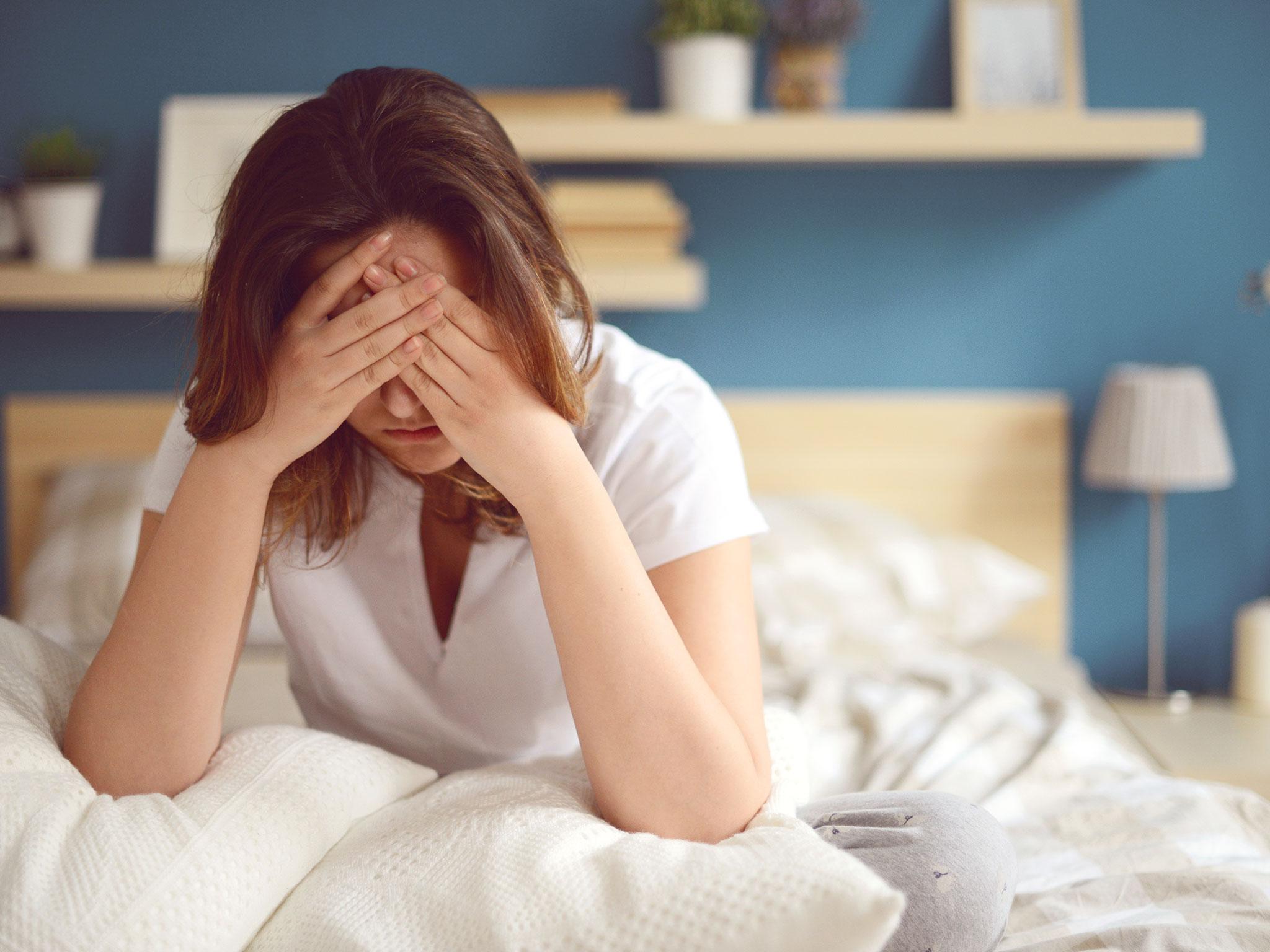The Independent's journalism is supported by our readers. When you purchase through links on our site, we may earn commission.
Vulvodynia: What is it, what are the symptoms and how can it be treated?
It is thought as many as 16 per cent of women experience unexplained vulval pain

Vulvodynia is a chronic pain condition that can stop women from being able to have sex, use a tampon or even sit down for long periods of time. It has been described as a painful burning and stinging sensation around the vagina and can feel as bad as like having needles stuck into the skin or even like having an acid burn. And around 16 per cent of women are thought to suffer from it. But what is vulvodynia and how can it be treated?
What is vulvodynia?
Vulvodynia is unexplained pain experienced anywhere in the vulva, the area surrounding the vagina. It is experienced either as a constant pain, known as ‘unprovoked vulvodynia’, or as a pain that is triggered by touch, known as ‘pressure-provoked vulvodynia,’ which is what can effect a person’s ability to have sex, ride a bike, use tampons, sit down for long periods of time or even to wear underwear.
Who does it effect?
Any woman can be effected from the age of approximately 20 to 65.
What are the symptoms?
The pain experienced by women varies – the NHS describes symptoms as like a burning and stinging sensation, or that it can feel like having needles stuck into the genitalia. One woman told BBC Newsbeat her pain felt like “having a cut and having chilli rubbed into it,” while some women have reported the pain to feel like having “acid poured into an open wound,” according to the New York Times.
The overall experience can be extremely distressing. Dr Jenner from the London Pain Clinic told The Independent the effects of vulvodynia can be “absolutely debilitating,” causing problems with relationships, anxiety and depression.
How many women experience it?
A study conducted in America gathered information from nearly 5,000 women aged between 18 and 64 to find out if the prevalence of unexplained chronic vulval pain was underestimated. Approximately 16 per cent of women were found to have experienced chronic burning, knife like pain in the vulva or pain on contact that lasted for three months or longer.
What causes it?
The root cause of vulvodynia is not officially known, but there are a number of factors that can contribute to the pain developing.
Dr Jenner said that when trying to find out the cause of vulval pain a doctor needs to rule out conditions such as viral or fungal infections, dermatological conditions, or cancerous or abnormal cells that could be causing the pain.
Where there is no underlying root cause, said the pain could be down to nerve damage caused by previous fungal infections or even previous allergies from washing powders that caused skin irritation around the vulva. “The legions may have healed, but the nerves may have already been irritated and started to dysfunction.” he said.
What are the problems around diagnosis?
Many women experience issues with having vulvodynia diagnosed. As it is an unexplained pain it may look as though there is no problem when a woman is examined. The American study into vulvodynia found that of the women who chose to seek treatment, 60 per cent saw three or more doctors in their efforts to get a diagnosis for their pain and many were left undiagnosed despite their efforts.
Dr Jenner said he sees as many as two women a week who are “undiagnosed, underdiagnosed or they haven’t responded to the treatment they’ve been given”. He has seen women who have been suffering from pain for a number of weeks to a number of years and have seen up to six doctors in an effort to discover the cause of the pain – though the simple “acknowledgement that they’ve got it can have a positive effect,” he said.
Can it be treated?
There are a number of ways to treat vulvadynia, from using anti-nerve pain medications and creams to seeing a pelvic physiotherapist, who can help with desensitisation techniques. There are also procedures that women can undergo such as having botox injections or minimally invasive treatment such as pulse radio frequency on the pudendal nerve, which is the main nerve of the perineum.
Join our commenting forum
Join thought-provoking conversations, follow other Independent readers and see their replies
Comments